What is the difference between 95 ceramic and 99 ceramic in alumina ceramics
Aluminum oxide ceramics (Al ₂ O3 ceramics), as a high-performance ceramic material, are widely used in the fields of electronics, machinery, chemical engineering, and high-temperature engineering. Among them, 95 porcelain and 99 porcelain are two typical types of alumina ceramics, and the numbers in their names represent the mass percentage content of alumina (Al ₂ O3). Although both are mainly composed of alumina, the difference in purity results in significant differences in performance, process, and application.
Composition and microstructure
Alumina content
95 porcelain: The content of Al ₂ O3 is about 95%, and the remaining 5% is mainly impurities such as silicon dioxide (SiO ₂), calcium oxide (CaO), magnesium oxide (MgO), etc.
99 porcelain: Al ₂ O ∝ content ≥ 99%, with extremely low impurity content (usually<1%). High purity is achieved through carefully selected raw materials (such as high-purity alumina powder) and strict process control. microstructure 95 porcelain: Due to the high amount of impurities, a glass phase is easily formed during the sintering process, resulting in uneven grain growth and a high porosity (usually>1%).
99 porcelain: Under high purity, the grain development is more complete during sintering, forming a dense α – Al ₂ O Ⅲ polycrystalline structure, and the porosity can be as low as 0.1% or less. The dense structure endows it with excellent mechanical properties and thermal stability.
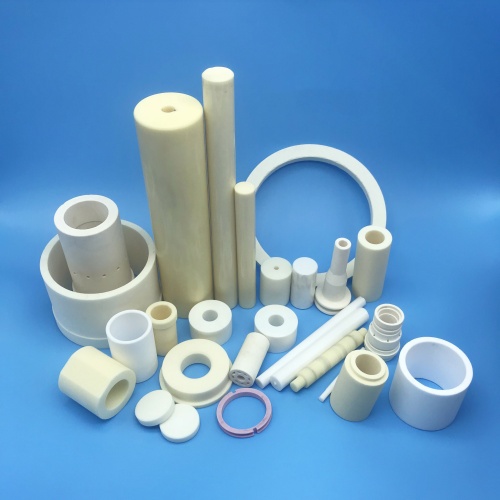
Performance Comparison
Performance indicators: 95 porcelain, 99 porcelain
Bending strength 250~350 MPa 400~600 MPa
Hardness (Mohs hardness) 9 9.5
Good wear resistance, excellent for general working conditions, suitable for high wear environments
Thermal conductivity 15~25 W/(m · K) 30~40 W/(m · K)
Electrical insulation with a volume resistivity greater than 10 Ω· cm and a volume resistivity greater than 10 Ω· cm
Corrosion resistance: Acid/alkali resistant, but easily corroded by strong acids with almost no reaction, resistant to strong acids/alkalis
Maximum operating temperature 1400~1500 ℃ 1600~1700 ℃
Translucent to opaque, highly transparent (especially thin pieces)
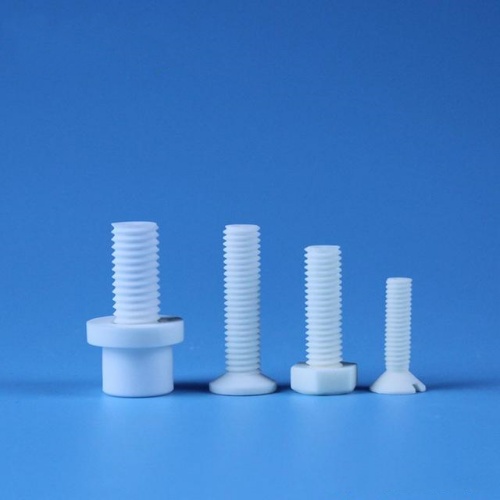
Key Differences Analysis:
Mechanical properties: 99 porcelain has a dense structure, significantly improved strength and hardness, and stronger creep resistance, making it suitable for high-precision machining.
Thermal performance: High purity reduces the obstruction of impurities on thermal conductivity, 99 ceramic has higher thermal conductivity, suitable for heat dissipation devices; The low thermal expansion coefficient (about 7 × 10 ⁻⁶/℃) makes it more resistant to thermal shock.
Electrical performance: 99 ceramic has higher electrical insulation and is suitable for high-voltage insulation scenarios, such as vacuum electronic devices.
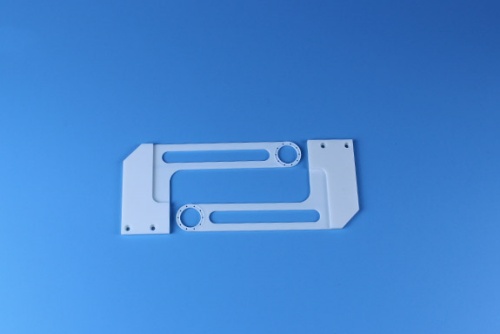
Differences in manufacturing processes
material processing
95 porcelain: using industrial grade alumina powder, with lower cost but more impurities.
99 porcelain: It needs high-purity aluminum oxide powder (such as chemical precipitation method or sol gel method), and the cost of raw materials is relatively high.
Forming and sintering
95 porcelain: It is often formed by dry pressing, with a sintering temperature of about 1500-1600 ℃. Sintering aids such as SiO ₂ and MgO need to be added to promote densification.
99 porcelain: It needs to be formed by isostatic pressing or hot pressing sintering, and the sintering temperature may exceed 1700 ℃. It relies on the activity of high-purity ultrafine powder to achieve densification and reduce the use of additives to avoid pollution.
Subsequent processing
95 porcelain: can be processed by conventional grinding, but prone to porosity.
99 porcelain: requires precision machining with diamond grinding tools, resulting in higher material brittleness and increased processing difficulty.
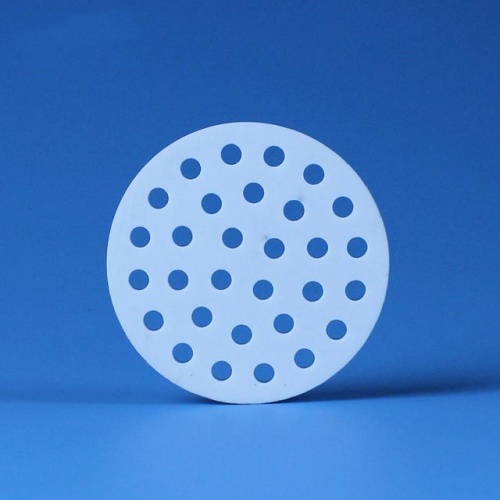
Application area
Field 95 Typical Applications of Ceramics 99 Typical Applications of Ceramics
Electronic industry ordinary substrates, high-frequency insulators for packaging materials, semiconductor wafer carriers
Mechanical seals for ordinary pumps, mechanical seal rings for high-pressure reactors, and vacuum equipment seals
Wear resistant components such as sand mill liners, high-speed bearings for nozzles, and ceramic blades for cutting tools
Optics and lighting reflector base laser tube, high-pressure sodium lamp transparent ceramic tube
High temperature engineering industrial furnace refractory material thermocouple protection tube, high temperature crucible
Biomedical artificial joints (partially) high-precision biosensors, dentures
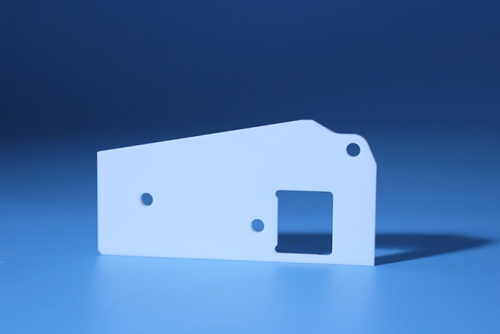
Cost and Economy
95 porcelain: Due to its simple process, cheap raw materials, and low cost, it is suitable for large-scale applications or scenarios with low performance requirements.
99 porcelain: High purity raw materials, complex processes, and low yield rates result in its high price, and it is mostly used in high-end fields such as aerospace and semiconductor manufacturing.
With the progress of material science, the preparation technology of 99 porcelain (such as nano powder sintering, spark plasma sintering) is gradually mature, and the cost is expected to be reduced. Meanwhile, by optimizing the formula (such as adding silicon nitride and silicon carbide), 95 porcelain can improve its performance and expand its application range. The two will coexist in different segmented markets for a long time, meeting multi-level needs.
The core difference between 95 porcelain and 99 porcelain lies in the purity and microstructure of alumina, which directly determine the performance differences. When making a choice, it is necessary to weigh the cost, operating conditions, and reliability requirements:
Prioritize 95 porcelain: cost sensitive, medium performance requirements (such as general wear-resistant parts, electronic substrates).
Priority is given to 99 porcelain: extreme environments (high temperature, strong corrosion), high-precision processing, or high reliability requirements (such as semiconductors, laser devices).
By deeply understanding the characteristics of both, it is possible to match materials and engineering requirements more accurately, achieving the best cost-effectiveness.
PREVIOUS:How to process aluminum based silicon carbide composite materials
CATEGORIES
LATEST NEWS
- What are the properties of ...
- What are the characteristic...
- What are the applications o...
- What are the uses of silico...
- What are the uses of zircon...
- What are the advantages and...
- What are the advantages of ...
- What are the difficulties i...
- What are the advantages of ...
- The manufacturing method of...
